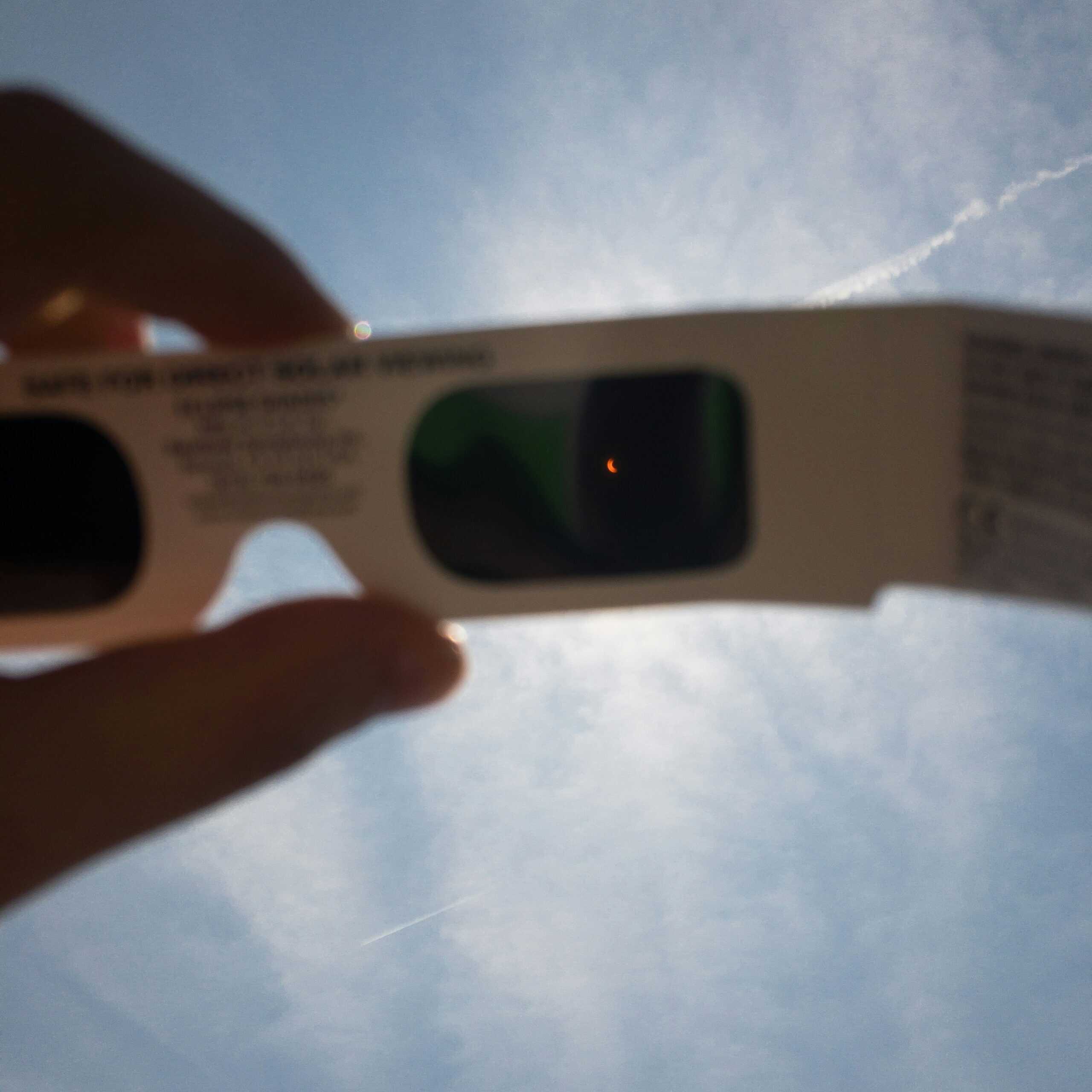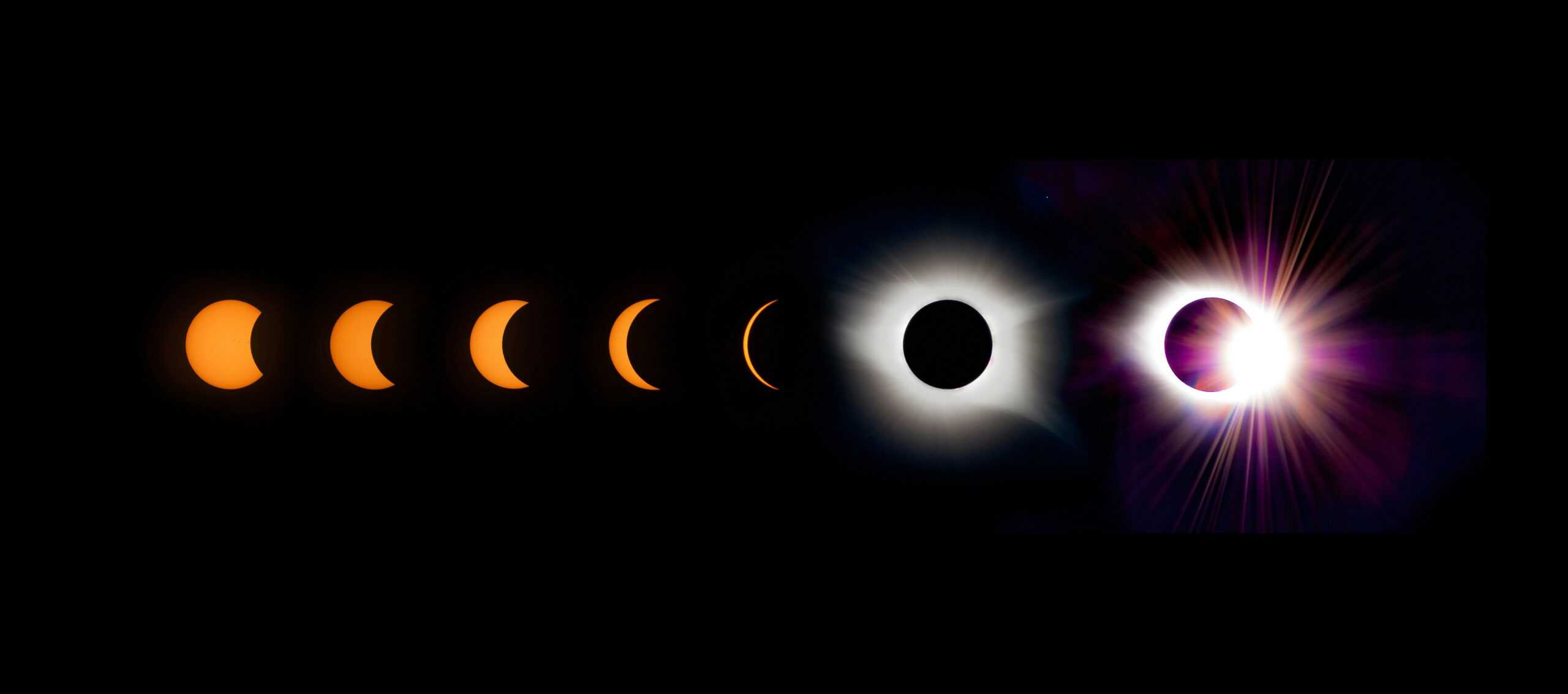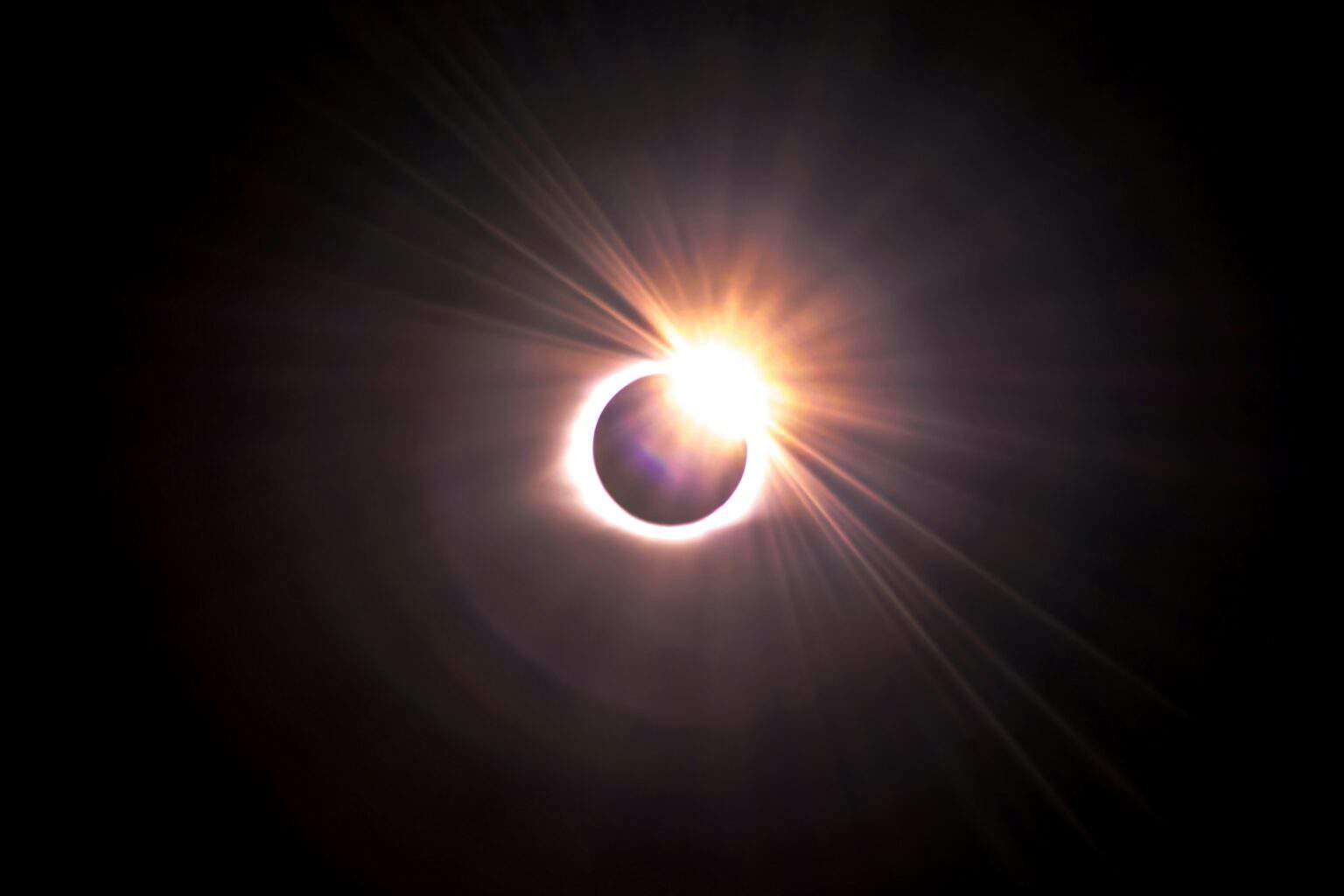Where’s the best place to see the eclipse?
Tip: grab a Corona to see the corona
Skywatchers in parts of Mexico, the US, and Canada are in for a treat on 8 April. Thanks to a peak in solar activity and a new moon, a total solar eclipse will make its way from Mazatlán to Newfoundland. In addition to a spectacular sight, this eclipse is cool because the path goes through urban areas – millions of people can participate right at home!
These lucky city-slickers live in the path of totality: Mazatlán, Torreon, San Antonio, Austin, Dallas-Fort Worth, Indianapolis, Cleveland, Buffalo, Rochester, Syracuse, and Montreal.
For optimal urban viewing, head to Torreon, Mexico, a city with the lowest-predicted cloud cover and a totality lasting over 4 minutes.

Why 99% isn’t even close to totality
People in North America and the Caribbean outside of the totality zone will be able to see a partial eclipse. Isn’t that good enough?
Sure, partial eclipses are neat. But here’s what you’ll miss: skies turning black, temperatures and wind dropping, animals acting weird, humans acting even weirder when the moon’s shadow and the sun’s corona combine to make a humongous outer space sunflower. You’ll be able to see Jupiter and maybe, hopefully, Comet 12P/Pons-Brooks — aka the Devil Comet.
For more info on the eclipse in your area, check out NASA’s nifty eclipse map. Pop in your location for the percentage and time of totality, weather, and a countdown clock.
How to get ready
If you live in the zone of totality, all you need is clear weather, safe eye gear, and some elbow room.
If you live in the partial eclipse region, same.
Check local libraries, nature and science centres, and planetariums for events.
Keep an eye on the weather. If clear skies aren’t in the forecast, consider planning a trip to a better location.

Eclipse safety
NEVER look directly at a partial eclipse!
The only time you can look at an eclipse without eye protection is during the brief totality period, when the moon’s shadow completely covers the sun.
Unless you want to melt your eyes, do NOT use sunglasses, 2 pairs of sunglasses, medical x-rays, or DVDs.
For eye safety, use only certified safe ISO-certified eclipse glasses and viewers. Handheld viewers and glasses are inexpensive and can be passed around easily. Don’t expect hardcore eclipse-chasers to do sharesies, no matter how cute your kid is.
A free option for partial eclipse viewing: stand with your back to the sun. Hold out something with a small holes or multiple holes in it. Look down at the ground, NOT at the sun. The shadow projected onto the ground will show an image of the eclipse for every hole. A colander is neat for this, as you get oodles of little eclipses.
Oh wait, I’m gonna miss it.
You’ll have plenty of time to plan for the next one. The next total eclipse in North America is in 2044. Can’t wait that long? Pack your bags and head to the Arctic, Greenland, Iceland, or Spain on 12 August 2026.









